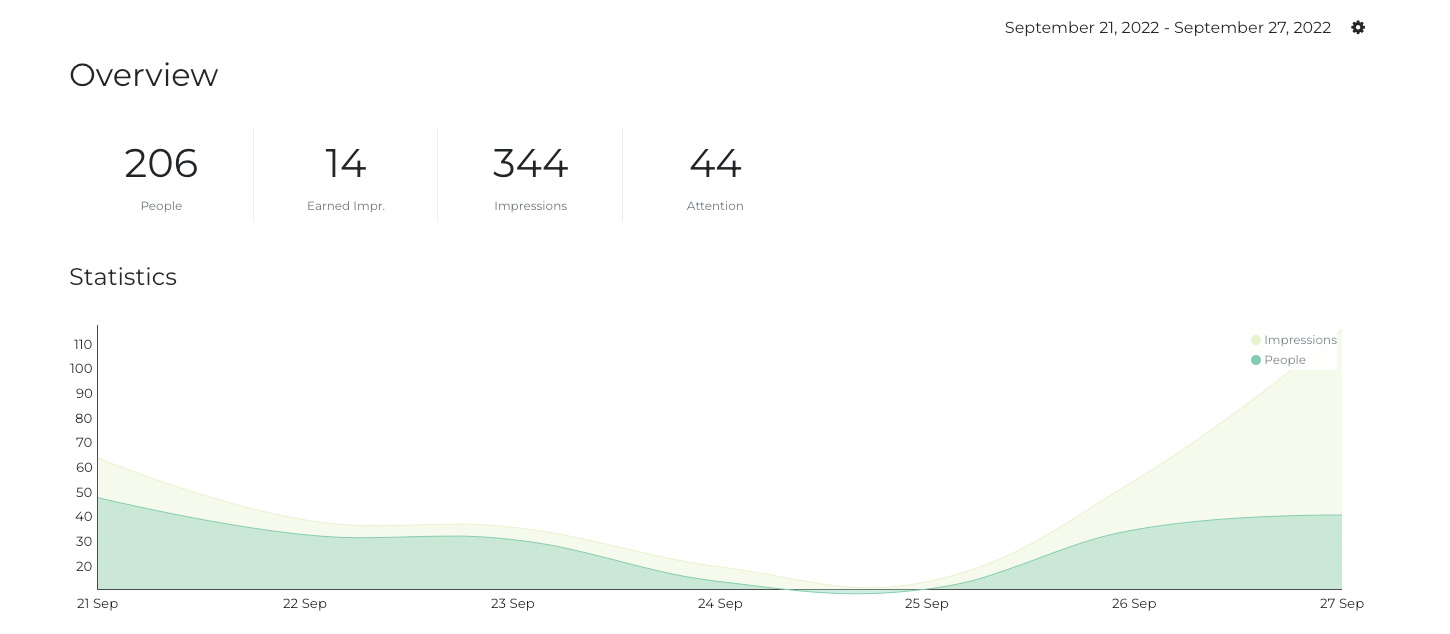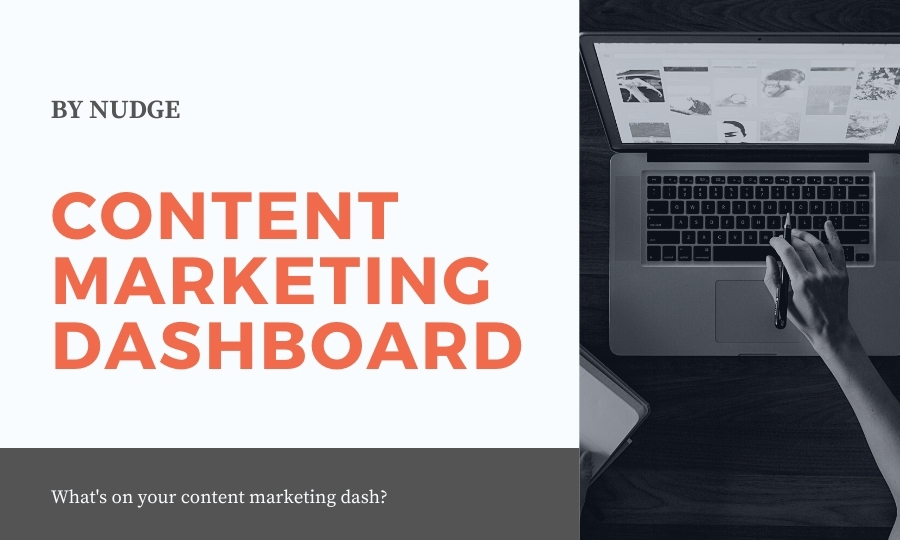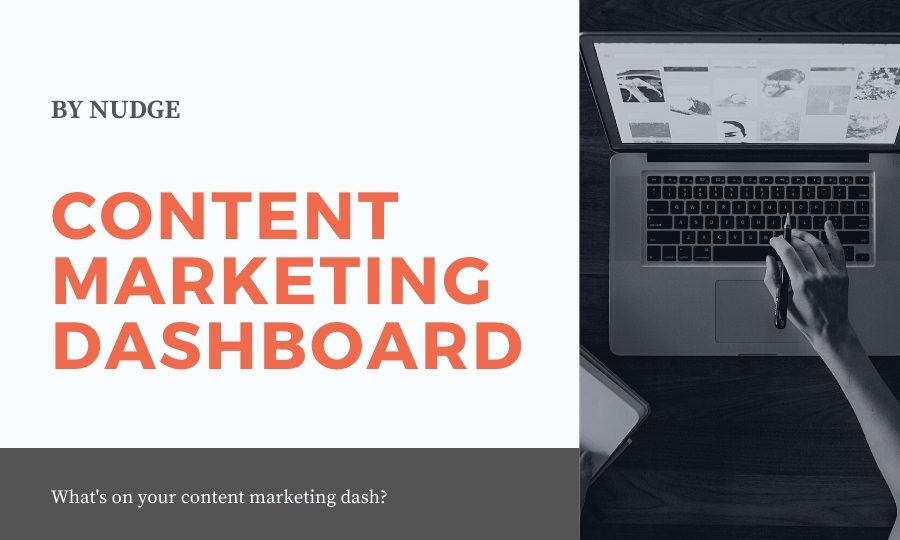The best dashboard is the one you use so start simple. A good place to start, is with an out of the box dashboard, that gives you the top line metrics you need to see. Use that for a bit, then after a few months, customize it to suit. Or you figure out what exact metrics to focus on.
Going fancy or too technical too early in a content marketing program can limit options down the track. It’s better to start with an open mind, try a few things and refine over time. Especially as on the content side you start to refine and hone in on your craft, what’s working for you.
What sorts of things you want to look at
Overall getting an idea of how many people you are reaching and the impact content is having on them is crucial. A good content marketing dashboard should include things like:
- People, how many people you’ve reached or have engaged with your content
- Insights about the audience, where they came from, what devices, what content they looked at
- Top content
- Attention metrics, to see what audiences are engaging with
- Earned impressions or impressions from social, to see how ‘social friendly’ your content is.
- Conversion rate, or outcome data, to see how it is driving business results
Ideally you ‘Pin’ your dashboard in your browser and visit it everyday. That’s the bar, the more you use it, the better feel for performance that you or your team will get.
Related reading:
Example of the Nudge Content Marketing Dashboard

Requirements of a content dashboard
Other requirements of a good dashboard:
- It should be easy to use
- Provide a macro view and the ability to dive in
- Juniors and seniors on the team should be able to use it (low training to get up and running)
- Provide extra insight or analysis
- Updated in real-time or as close to
Sorts of things you would do with the information
A good dashboard then means you can:
- Act on the data in a more agile fashion
- Understand performance at a glance
- Diagnose poor performance
- Find opportunities for growth
- Set KPIS, create scorecards or benchmarks
The net effect should be more performance, after being armed with the data. Which is why the advice is, the best dashboard, is the one you use.
What are others doing?
We asked a few folks, what’s on your content dashboard? Where are the gaps? What could be improved?
When you’re driving a car, having the right dashboard, the right instruments, helps you get where you’re going (pun intended).
Here are the things that brands are looking at.
1) Purchase/leads/pipeline data
Whether it’s a campaign or ongoing marketing, seeing a continuous loop of the outputs that content is creating is valuable.
Being able to see this by day, and by each piece of content, helps provide directionality.
2) High fidelity content performance metrics
No one can get by just on page views these days. Brands are going deeper, seeing who is reading content, where they came from, time of day, how people feel about their content.
That’s the difference between traditional page analytics and content marketing analytics.
3) What others are doing
Seeing what others are doing is crucial for context; it informs creativity, what content you might improve, where you may adjust focus.
..
This is part of our Guide to Content Marketing Analytics.

|
|---|



